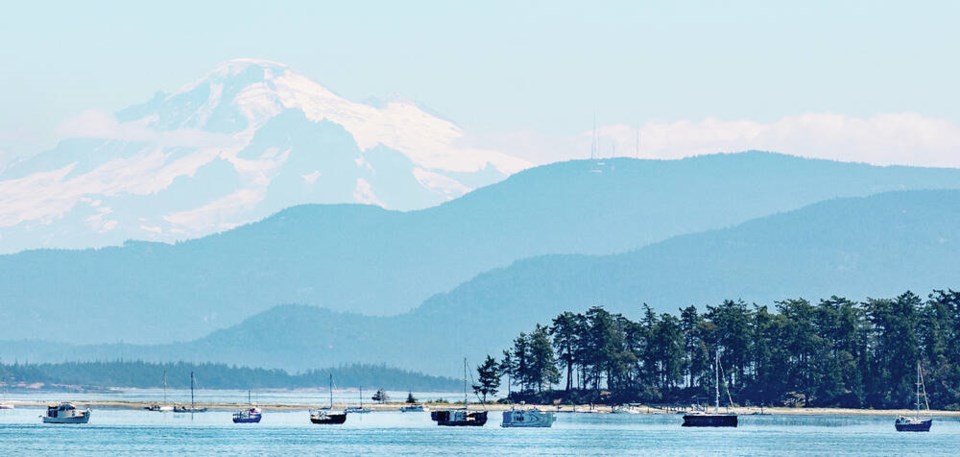A commentary by a documentary filmmaker and journalist who lives on Sidney Island. He and his wife directed the award-winning documentary “Saving Luna.”
My family and I have lived on Sidney Island since 2003. Friday’s front-page Times Colonist report about an argument over the Parks Canada plan to remove invasive European fallow deer from the island missed critical information about conflict of interest and the players in the debate.
First, Parks Canada is accused of creating a conflict of interest because one of the firms that helped Parks staff prepare the proposal got the contract. However, in situations like this in which expertise is very limited, this appears to be a well-trodden path. I’ve seen this happen elsewhere.
When expertise is rare, getting the best talent for both planning and execution can inevitably lead to this. For instance, when there’s just one surgeon in a community, it’s probably best to have that expert do both the planning and the job.
Expertise in humane culling of invasive mammals is at least that rare. In my work as a journalist, I recently covered exactly these issues for National Geographic in a story about an island in California where a rare fox species and a precious ecosystem were saved in part by a cull.
Only a few people in the world know how to do this with enough precision to be recognized as humane. The team chosen by Parks Canada includes people who worked on that project.
Second, the article gives an impression that opposition to the cull is entirely based on animal welfare issues. That is false.
Most opposition has always been led by a small but extremely ardent group, made up not of animal rights people but of a few sport hunters who like having abundant deer to kill.
For the entire 20 years in which we have lived on the island, a small group of owners who are sport hunters have fought intensely to keep deer numbers high while claiming to reduce them. Some of them — not all — used ad-hominem attacks on other islanders and Parks experts and misinformation about deer abundance to press their case.
This reached an extreme about 15 years ago when a few of the hunters formally threatened my wife personally with legal action that would have destroyed our lives financially.
What was my wife’s deadly sin? As the head of the island’s Strata Council, she simply supported the construction of a capture facility because recreational hunting could not keep up with the growing numbers of deer and alternatives such as contraception were not feasible.
At the time, hunting deer on Sidney Island was like fishing at a hatchery. The hunters loved it. But both the land and the animals suffered.
When my wife and others persevered and a capture program began, the forest understory had been nibbled down to dust and many of the animals were so skinny they could not be used for food. Professional biologists told us the deer were consuming their own bone marrow in order to survive.
After the captures began, deer numbers were reduced. There is still damage to the environment, though it is less obvious.
However, though a majority of owners voted for the cull, the most intense hunters are allying themselves in opposition with activists who care about keeping animals alive. Ironic? Yeah.
There is no question that culling an invasive species is harsh. But the removal of the fallow deer would bring huge benefits to other animals and plants, such as songbirds and traditional foods and medicines.
That’s why Indigenous leaders have strongly supported this cull. Dramatically successful culls on other islands around the world show that results will probably be magnificent.
Sidney Island can become an example of healthy ecosystems that can exist in British Columbia but have almost all vanished. It could show us what our province once was and could be again.
Alas, the alternative to this cull is not a sweet story of peaceful deer in pretty pastures. The alternative is a return to cycles of overabundance, animal suffering and widespread ecosystem destruction.
The only beings to benefit then would be a few ardent sport hunters. That’s the choice.
>>> To comment on this article, write a letter to the editor: [email protected]



